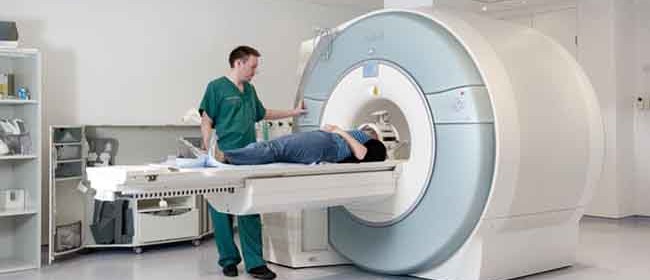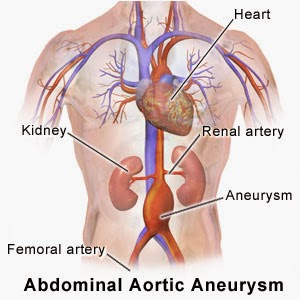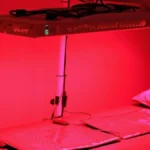
How is aortic aneurysm diagnosed?
April 15, 2024
Aortic aneurysms often come with no symptoms making it difficult to specifically diagnose. Doctors often find this type aneurysm by chance during a routine physical examination or during an examination for a completely different condition. More often than not, they find a pulsating mass in your abdomen suggesting an abdominal aortic aneurysm, the more common type of aortic aneurysm. A physician may also hear an abnormal sound due to turbulence of blood within an aneurysm through a stethoscope.
When a doctor thinks you might have aortic aneurysm, then he will most likely give you a thorough medical history and physical exam. After which, tests will most likely be given to locate specifically where the aneurysm is. When there is suspected aneurysm, it is very important to:
- Pinpoint the location of the aneurysm.
- Estimate its size.
- Find out how fast it is growing.
- Find out whether other blood vessels are involved.
- See if there are blood clotsor inflammation
The physical exam should be comprehensive and in-depth to provide an intricate picture of what the aneurysm might be. The physician will listen to your heart to check for problems in your blood flow, feel the abdomen for mass due to an enlarge aorta, and check your feet and legs. An overweight person who is at risk for aortic aneurysm may need to have further testing and when your doctor finds a mass in your abdomen, you will most likely be subjected to further testing as well.

What are Imagining Tests?
After a comprehensive physical exam, your physician might suggest to take it further by going through a series of tests or specific ones to help locate the aneurysm and know its size and rate of growth. The following are some of the imaging tests for aortic aneurysm:
- Abdominal ultrasound. Ultrasounds help your doctor know if your aneurysm is growing. It is safe and non-invasive and is usually correct with a 98% accuracy. You may need an ultrasoundevery 6 to 12 months if the aneurysm is large. If your aneurysm is small, you may need one every 2 to 3 years.
- Computed tomography (CT)and magnetic resonance angiogram (MRA), which are used if a view more detailed than an ultrasound is needed. CT is a highly accurate exam in determining the extent and size of the aneurysm as well as its location in the aorta. This also helps to in planning the repair, if needed. This is crucial information especially about the aneurysm’s relation to the blood vessels of the kidney or other organs. This is an important procedure to do before surgery. This is also used to watch the growth of a thoracic aortic aneurysm. However, CT scans require injecting dye to thoroughly evaluate your blood vessels and so patients with allergies or kidney disease may not be a suitable candidate

- Echocardiogram. an ultrasound exam used to study theheart.
- Angiogram. If there are aortic dissections, blood clots, or other blood vessels involves, an angiogram can help your doctor know these. This can also determine the size of your aneurysm.
If you suspect that you are at risk for aortic aneurysm and if you have more questions about this condition, be sure to contact Vascular and Interventional Centre. Check out their website and schedule a visit today.

Peter is a friendly, knowledgeable writer and blogger who loves to share their knowledge of technology. He enjoys writing about the latest gadgets and gizmos as well as other information on how to use them. He has been blogging for years now, but he still loves it just as much as he did when he started!























